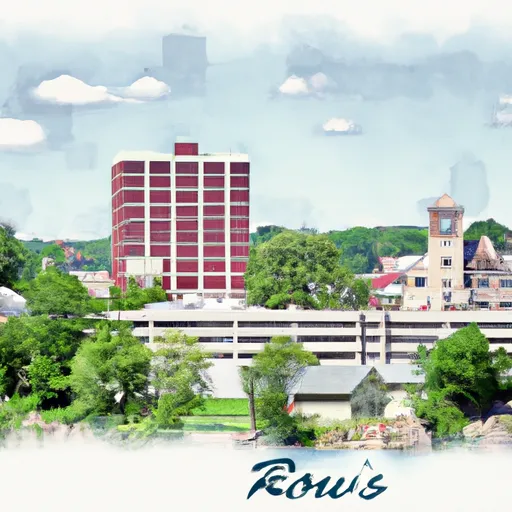°F
°F
mph
Windspeed
%
Humidity











River Falls is a charming city located in Pierce and St. Croix counties, Wisconsin. The climate in River Falls is characterized as a humid continental climate, with warm summers and cold winters. Summers are moderate, with temperatures averaging around 75°F (24°C), while winters can be quite cold, with temperatures averaging around 20°F (-7°C). Precipitation is evenly distributed throughout the year.
The city is situated along the Kinnickinnic River, which is a major hydrological feature in the area. The river is known for its excellent water quality and is a popular destination for recreational activities such as kayaking, canoeing, and fishing. The Kinnickinnic River is home to numerous fish species, including trout, bass, and panfish.
In addition to the Kinnickinnic River, River Falls offers a variety of outdoor recreation opportunities. With its beautiful parks, hiking trails, and bike paths, residents and visitors can enjoy activities such as hiking, biking, picnicking, and birdwatching. Glen Park, in particular, is a popular spot with its scenic waterfall, picnic areas, and playgrounds.
Overall, River Falls provides a pleasant climate, a diverse hydrological environment, and numerous outdoor recreation opportunities, making it an ideal destination for nature enthusiasts.
Weather Forecast
River-Falls receives approximately 795mm of rain per year, with humidity levels near 83% and air temperatures averaging around 7°C. River-Falls has a plant hardyness factor of 4, meaning plants and agriculture in this region thrive during a short period during spring and early summer. Most plants will die off during the colder winter months.
Regional Streamflow Levels
75
Cubic Feet Per Second
51
Cubic Feet Per Second
17
Cubic Feet Per Second
301
Cubic Feet Per Second
Nearby Camping
| Camping Area | Reservations | Toilets | Showers |
|---|---|---|---|
| Lake Keomah State Park | |||
| Lake Fisher | |||
| Thousand Hills State Park | |||
| Echo Lake | |||
| Quercus Wilderness Area | |||
| Eveland Access |



